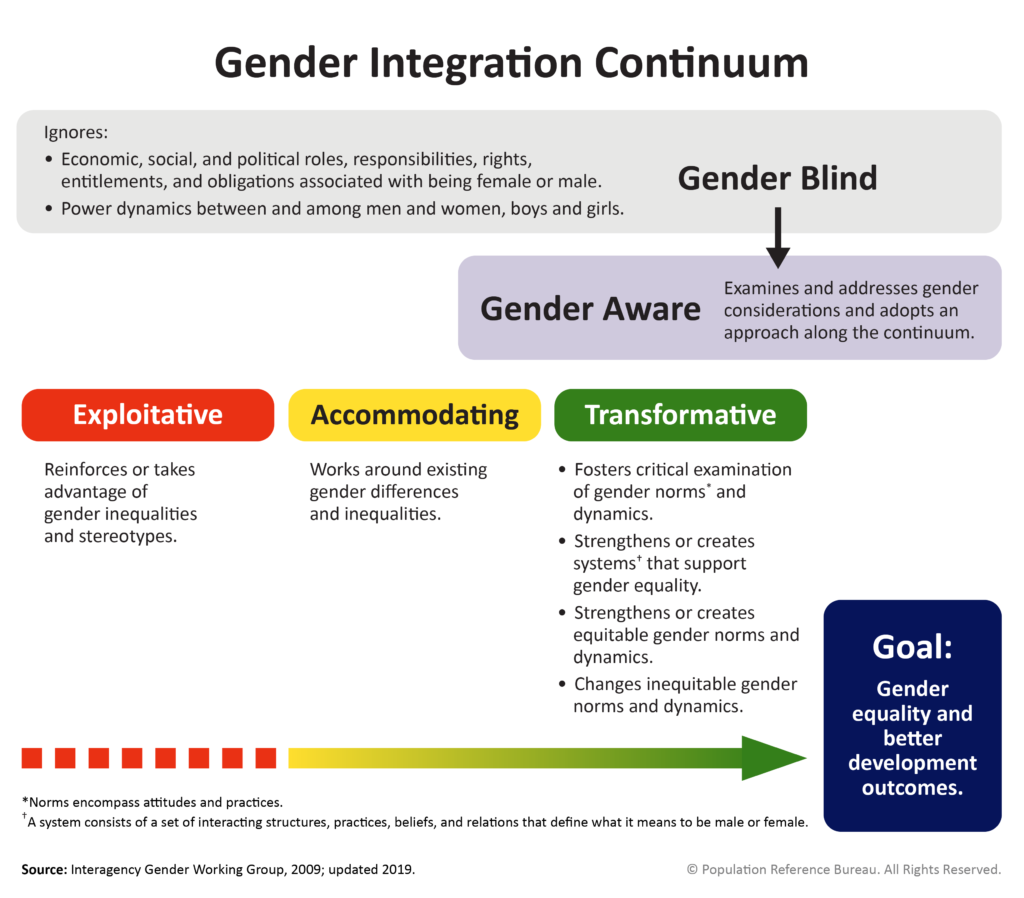Women’s Empowerment Group Operational Guidelines
Designed for use by any group, organization, or individual interested in systematically supporting and promoting women’s empowerment (with a focus on health-related issues), these operational guidelines provide step-by-step instructions on implementing the Women’s Empowerment Group (WEG) model. The WEG model explores the process of establishing secure environments for women to gain insights into maternal, newborn, and child health and nutrition and the advantages of offering savings and loan options to women lacking access to conventional financial systems, thereby enhancing their decision-making roles and overall well-being.


